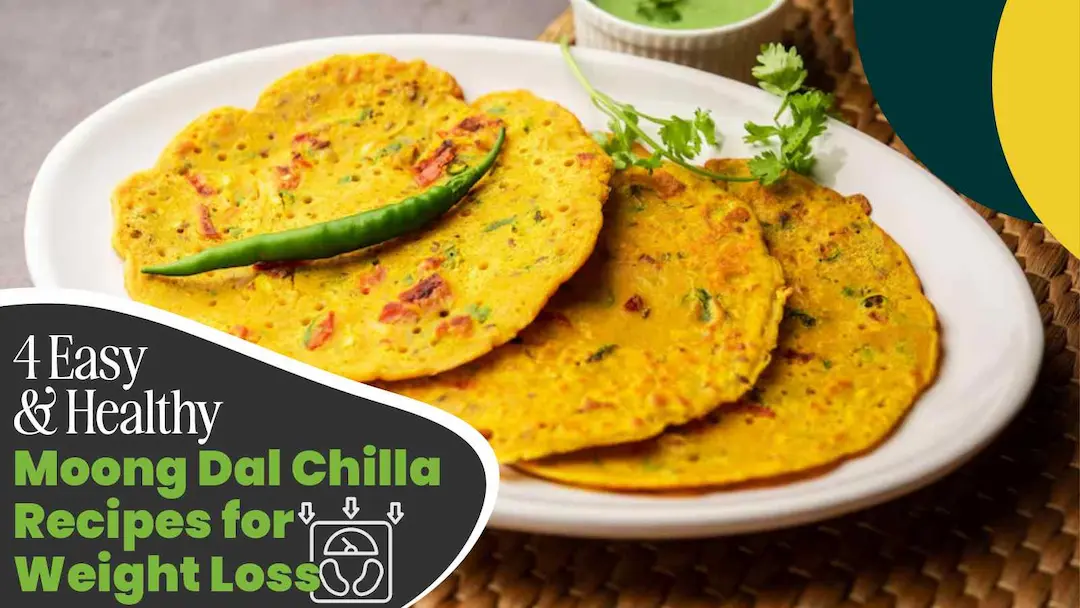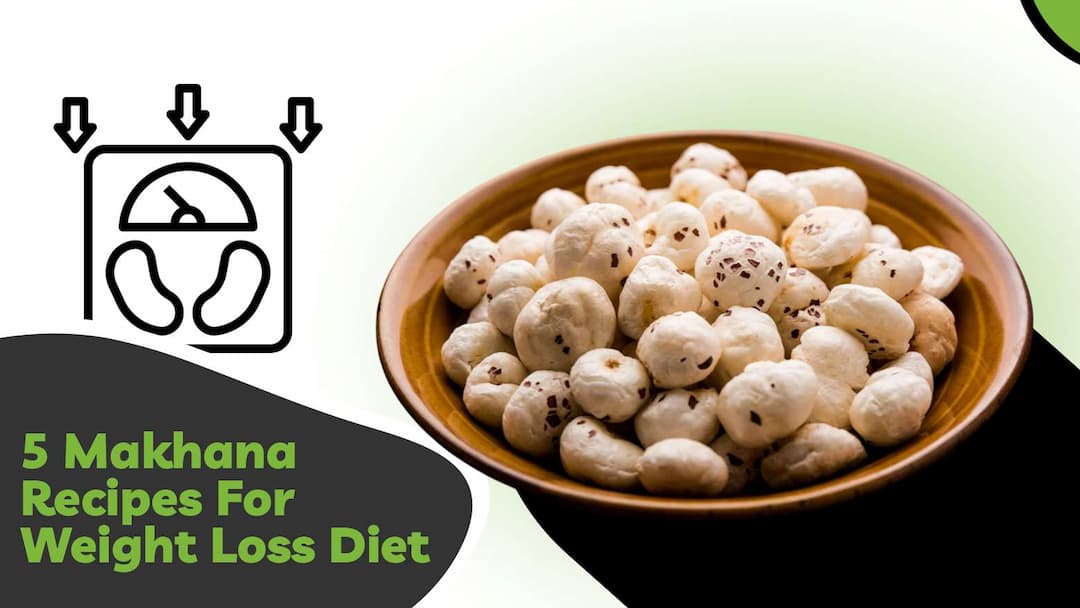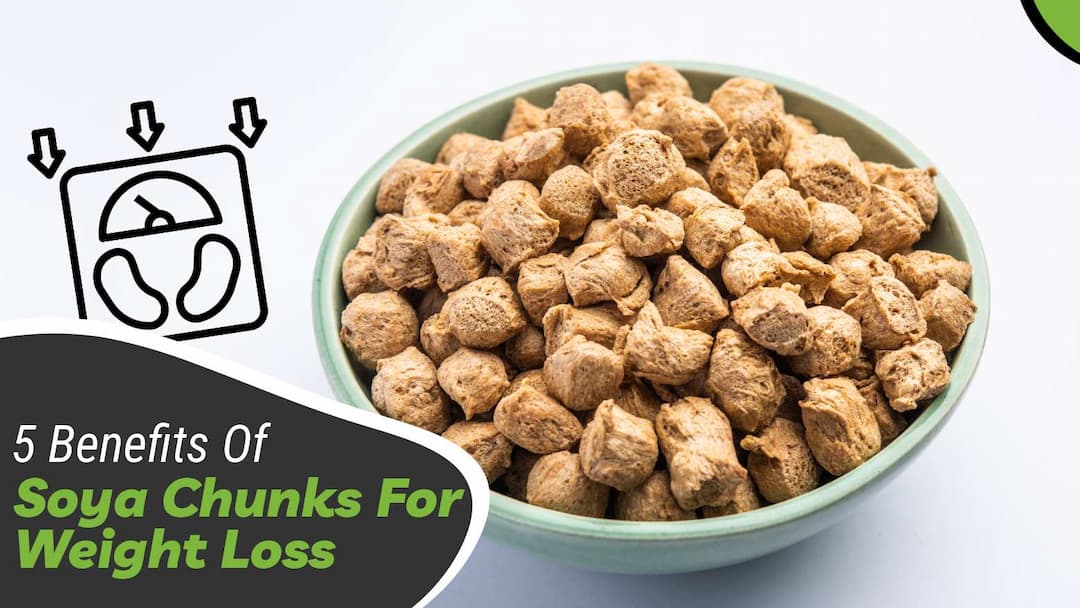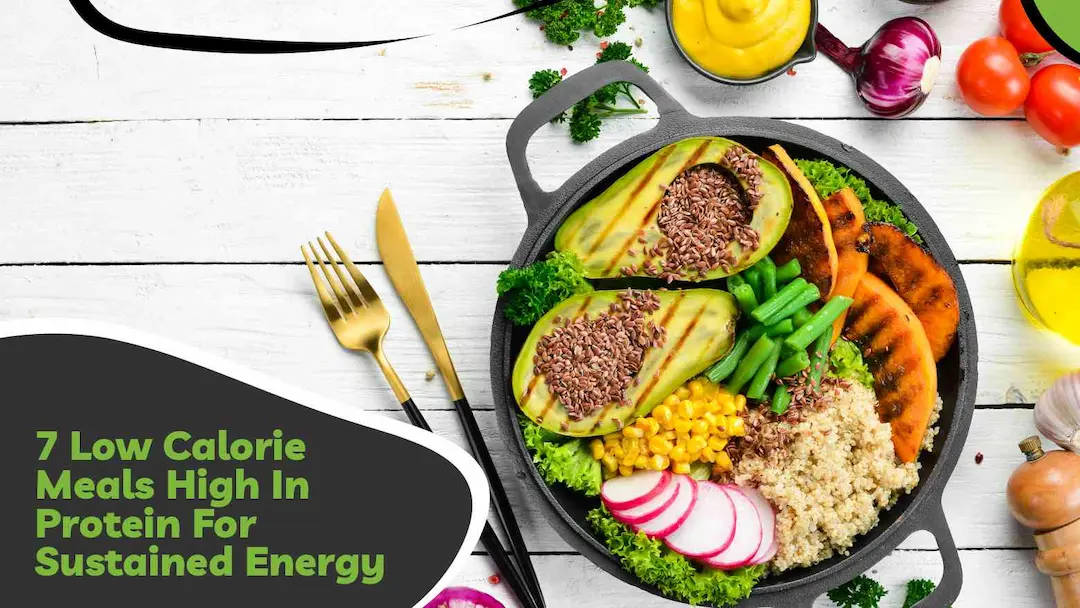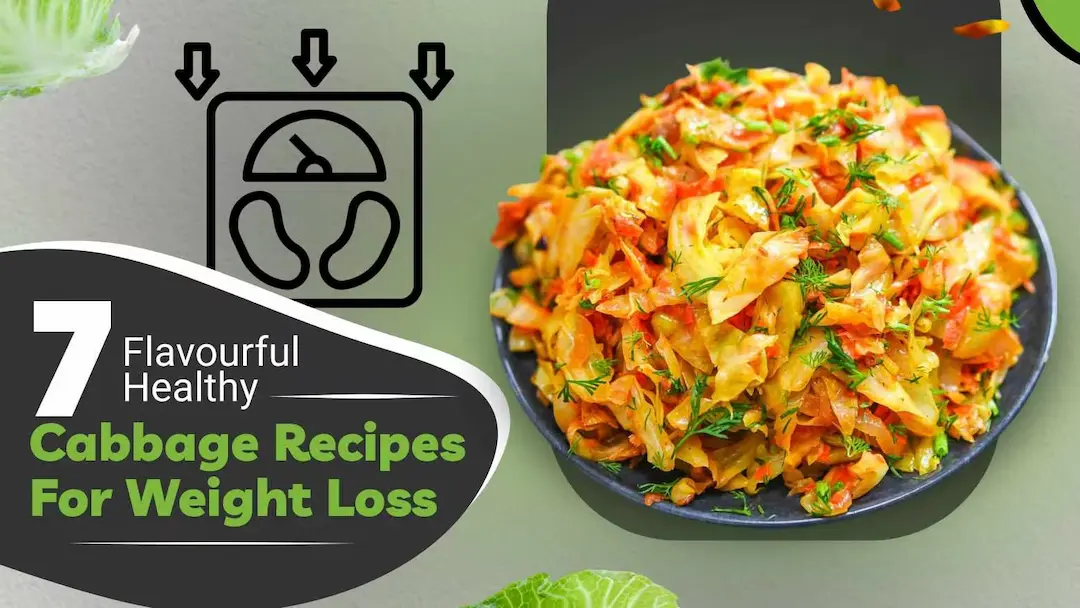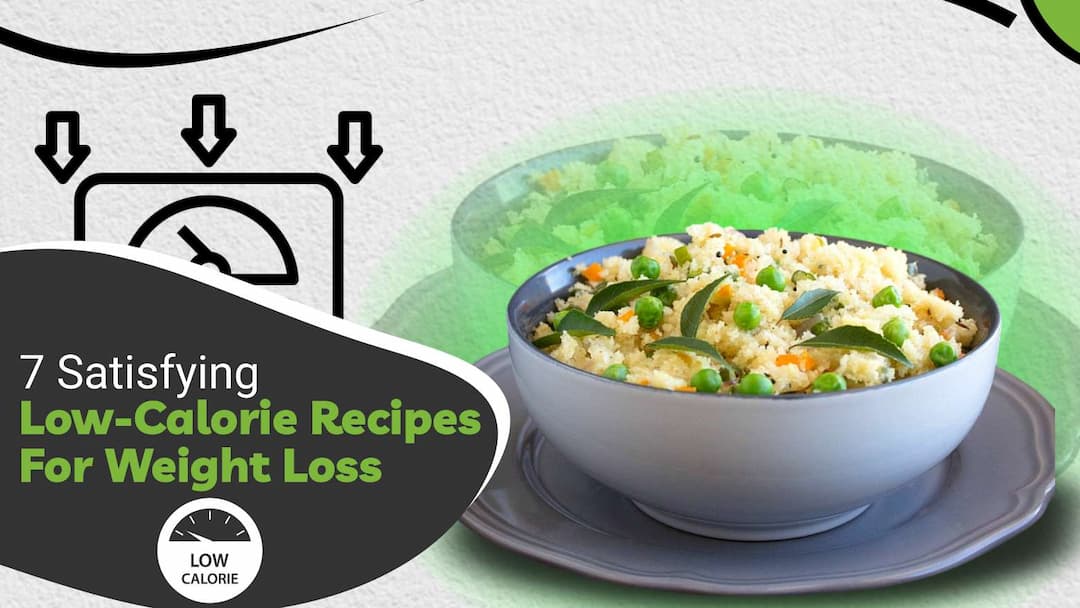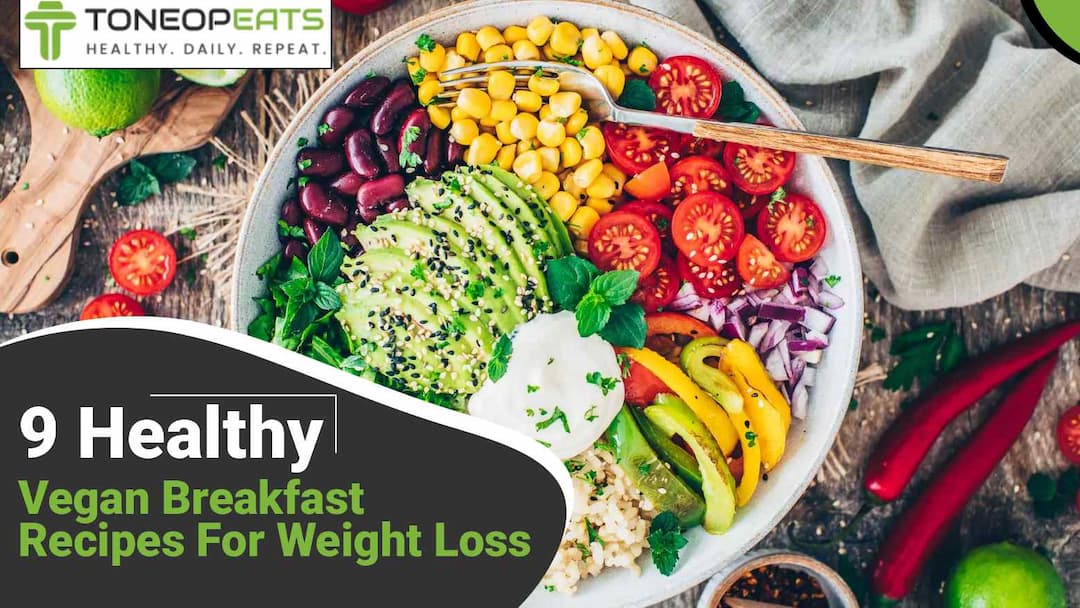OMAD is not just a diet. It’s a whole lifestyle flex. One Meal A Day—sounds intense, right? But it’s actually simpler than you think. People all over the world are hopping on this trend for better digestion, fat loss, and mental clarity. No constant snacking. No meal prep drama. Just one solid, power-packed meal in 24 hours. Clean, focused, and kind of freeing.
But here’s the thing—OMAD comes with rules. You can’t just eat pizza and call it a day. It takes a little planning, a little discipline, and a whole lot of hydration. This blog breaks down how OMAD works, the rules to follow, how to start slow, daily OMAD tips, and even a 7-day meal plan to keep you on track.
Let’s figure out if this bold diet is your kind of vibe.
Table Of Contents
- What Is the OMAD Diet?
- How Does OMAD Work?
- What Are the Four Rules of OMAD?
- How To Start an OMAD Diet?
- Can I Do Omad Every Day?
- 7-Day OMAD (One Meal A Day) Diet Plan
- What Is the Fastest Way To Lose Weight?
- Dietitian’s Recommendation
- The Final Say
- FAQs
- References
What Is the OMAD Diet?
OMAD, short for One Meal A Day, is a form of intermittent fasting where individuals fast for approximately 23 hours and consume all their daily calories within a one-hour eating window. Unlike conventional diets that require calorie counting or macronutrient tracking throughout the day, OMAD simplifies the process by focusing on just one nutrient-dense, satisfying meal per day.
This meal typically includes a balanced combination of proteins, healthy fats, complex carbohydrates, and fibre-rich vegetables. The rest of the day is spent fasting, with non-caloric beverages such as water, black coffee, and herbal teas being allowed. The idea is to reduce meal frequency, encourage mindful eating, and support weight management through prolonged fasting.
OMAD has gained popularity not only for its simplicity but also for the potential benefits associated with extended fasting, such as fat loss, improved metabolic health, and better appetite control.
How Does OMAD Work?
OMAD works by tapping into the core mechanisms of intermittent fasting. When you fast for long periods, your body shifts from relying on glucose to burning stored fat for energy. This metabolic switch, known as fat adaptation, supports weight loss and energy efficiency.
Key physiological processes involved include:
- Fat Adaptation: Prolonged fasting teaches the body to use fat as its main energy source, rather than relying on frequent glucose spikes.
- Autophagy: A cellular self-cleaning process triggered during fasting, where the body breaks down and recycles damaged cells and proteins. This may have anti-ageing and disease-preventing effects.
- Improved Insulin Sensitivity: With fewer insulin spikes due to reduced meal frequency, the body becomes more sensitive to insulin, which can reduce the risk of type 2 diabetes and metabolic syndrome.
In addition, OMAD can assist in balancing hunger hormones like ghrelin and leptin to improve control of appetite in the long term. By avoiding constant high levels of insulin throughout the day, the body remains in a fat-burning mode, which can drive weight reduction and enhanced health indicators faster.
What Are The Four Rules Of OMAD?
Following the OMAD lifestyle involves adhering to a few key principles to ensure effectiveness and nutritional adequacy:
1. Eat Only One Meal Per Day
The foundation of OMAD is simple: consume all your daily calories in a single, balanced meal within a one-hour window. The remaining 23 hours are reserved for fasting. During this time, only non-caloric beverages such as water, black coffee, or herbal teas are permitted. This helps maintain a fasted state and supports metabolic benefits.
2. Stay Hydrated
Hydration is crucial during long fasting periods. Drinking sufficient water supports digestion, circulation, and energy levels. Electrolyte beverages (without sugar) may be included occasionally to prevent dehydration and maintain electrolyte balance.
3. Focus on Nutrient-Dense, Balanced Meals
Since you’re eating only once, your meal must cover all essential macro and micronutrient needs. It should include lean proteins, healthy fats, fibre-rich vegetables, and complex carbohydrates. A colourful, well-rounded plate ensures you meet your body’s daily requirements.
4. Avoid Snacking & Binge Eating
While your meal should be satisfying, it should not be a binge. Overeating can lead to discomfort and digestive issues. Eat slowly, listen to your body’s hunger cues, and aim for fullness, not overindulgence. Avoid snacking during fasting hours to preserve the benefits of the fasting window.
How To Start an OMAD Diet?
Starting OMAD can feel challenging initially, so it’s advisable to ease into it. If you’re new to intermittent fasting, begin with more manageable schedules like 16:8 (16 hours fasting, 8 hours eating) or 18:6. These allow your body to gradually adjust to extended periods without food.
Once you’re comfortable, you can transition to OMAD by slowly reducing your eating window and focusing on making your one daily meal nutrient-dense. Ensure this meal contains adequate proteins, healthy fats, fibre, and slow-digesting carbohydrates. Staying hydrated is essential during fasting hours.
Listen to your body as you adjust. Fatigue, dizziness, or digestive discomfort may indicate you need to fine-tune your meal or take a rest day. OMAD isn’t one-size-fits-all—adapt it according to your needs.
Can I Do Omad Every Day?
Yes, it is possible to follow OMAD every day, but it should be approached with mindfulness and attention to your body’s signals. Some people thrive on a daily OMAD routine, experiencing weight loss, better energy levels, and improved focus. However, others may face challenges such as fatigue, irritability, or difficulty meeting nutritional needs.
For beginners, it’s better to gradually transition to OMAD by first experimenting with shorter fasting intervals. Once your body adapts, you can try doing OMAD a few times a week before going daily. It's important to vary your meals to avoid nutrient deficiencies.
Ultimately, OMAD can be sustainable when meals are planned well and your health is closely monitored. If you experience ongoing weakness or nutrient-related issues, consider modifying the frequency or consulting a healthcare professional.
7-Day OMAD (One Meal A Day) Diet Plan
Here's a 7-day OMAD (One Meal A Day) Diet Plan that includes balanced and nutritious meals for each day. The idea is to provide a variety of foods while ensuring you get all the essential nutrients in just one meal per day.
Day | Meal | Drink | Why it Works |
| Day 1 | Grilled chicken breast (200g), roasted sweet potato (1 medium), mixed vegetables (broccoli, carrots, bell peppers), side salad with olive oil & lemon dressing | Water or herbal tea | Balanced in lean protein, complex carbs, and fibre. Nourishing and filling. |
| Day 2 | Quinoa (1 cup cooked), stir-fried tofu (150g), spinach, mushrooms, bell peppers, soy sauce & olive oil | Water with lemon or herbal tea | High in plant-based protein, rich in fibre and antioxidants. |
| Day 3 | Lean beef (200g) stir-fried with zucchini, mushrooms, onions; served with 1 cup brown rice | Water or green tea | Great source of iron and protein, paired with energy-sustaining carbs. |
| Day 4 | Grilled salmon (200g), avocado (½), leafy greens (spinach, arugula), cherry tomatoes, cucumber, olive oil & lemon dressing | Water or herbal tea | Packed with omega-3, healthy fats, and fresh vegetables. |
| Day 5 | Grilled chicken breast (200g), roasted sweet potato (1 medium), roasted chickpeas, kale, tahini dressing | Water or unsweetened iced tea | Protein-rich, energising, and full of fibre and healthy fats. |
| Day 6 | Lentil soup (1 large bowl) with carrots, celery, tomatoes, spinach, olive oil; optional boiled egg | Water with lemon or herbal tea | Plant-based protein, fibre, and hydration in one meal. |
| Day 7 | Scrambled eggs (4) with spinach, onions, bell peppers; whole-grain toast (1 slice) with avocado spread | Water or black coffee | Great balance of protein, healthy fats, and fibre. Satiating and light. |
What Is the Fastest Way To Lose Weight?
The quickest path to weight loss involves creating a calorie deficit, where you consume fewer calories than you burn. OMAD is one way to achieve this, as it naturally limits caloric intake and enhances fat-burning during long fasting periods.
Other effective strategies include:
- Eating whole, nutrient-dense foods
- Exercising regularly (a mix of cardio and strength training)
- Getting adequate sleep (7–9 hours)
- Managing stress through mindfulness or relaxation techniques
Sustainable weight loss comes from adopting long-term habits rather than extreme restrictions. Prioritise health over speed, and aim for consistency and balance.
Dietitian’s Recommendation
As a dietitian, I recommend approaching the OMAD diet with caution, especially if you have underlying health conditions. While it can help with weight loss and improve insulin sensitivity for some, it’s essential to ensure that the one meal is nutritionally balanced. Focus on incorporating lean proteins, healthy fats, fibre-rich vegetables, and whole grains to meet your daily nutritional needs. Stay hydrated throughout the fasting period, and avoid overeating during your eating window.
Dt. Akshata Gandevikar
The Final Say
The OMAD diet isn’t a quick fix. It’s a structured, mindful way to eat. You eat less often but eat more intentionally. That’s the real shift. It helps reset your body’s hunger cues, boosts fat burning, and cuts the food chaos from your day. But it’s not for everyone, so listen to your body and go slow. Try it for a week, see how it feels, and adjust. One strong meal, one stronger you. Keep it clean, balanced, and simple. OMAD might just be your next big wellness move.
FAQs
1. What is the best meal for OMAD?
The best meal for OMAD should be nutrient-dense and balanced, containing lean proteins (chicken, fish, tofu), healthy fats (avocado, olive oil), complex carbs (sweet potatoes, quinoa), and plenty of vegetables for fibre. This ensures you meet your daily caloric and nutritional needs in one satisfying meal.
2. What are the restrictions for the OMAD diet?
OMAD's primary restriction is that you can only eat once a day within a 1-hour window. During the fasting period, no calorie-containing foods or drinks are allowed, except for non-caloric beverages like water, black coffee, or herbal tea. Additionally, overeating or binge eating during your meal is discouraged.
3. What is the best time to do OMAD?
The best time to do OMAD depends on your lifestyle and personal schedule. Many people find it convenient to eat in the evening, as it allows them to enjoy a satisfying meal after a day’s work. However, you can choose any time that fits your routine.
References
- https://www.webmd.com/diet/is-eating-one-meal-a-day-safe
- https://www.health.com/weight-loss/omad-diet
- https://www.vinmec.com/eng/article/one-meal-a-day-what-happens-to-your-body-en
- https://www.eatingwell.com/article/8037164/what-is-the-omad-diet-is-it-safe/
- https://www.onlymyhealth.com/what-is-omad-diet-benefits-risks-and-tips-12977822687
- https://www.medicinenet.com/what_eat_on_omad_fasting_diet_what_happens/article.htm
About ToneOp Eats
ToneOp Eats is your go-to health kitchen, delivering nourishing meals in Bhopal, Indore & Bangalore. The meals are prepared with strategically planned nutrition and portions for your health goal. With just three simple steps, you can subscribe to a meal plan for weight loss, muscle gain, or balanced diet goals. Experience the perfect blend of taste and wellness in our nutrient-dense and calorie-counted range of meals, including protein-rich grills and meal bowls, full of fibre salads & smoothies, workout-friendly protein 30,40,50 meals and refreshing juices!














